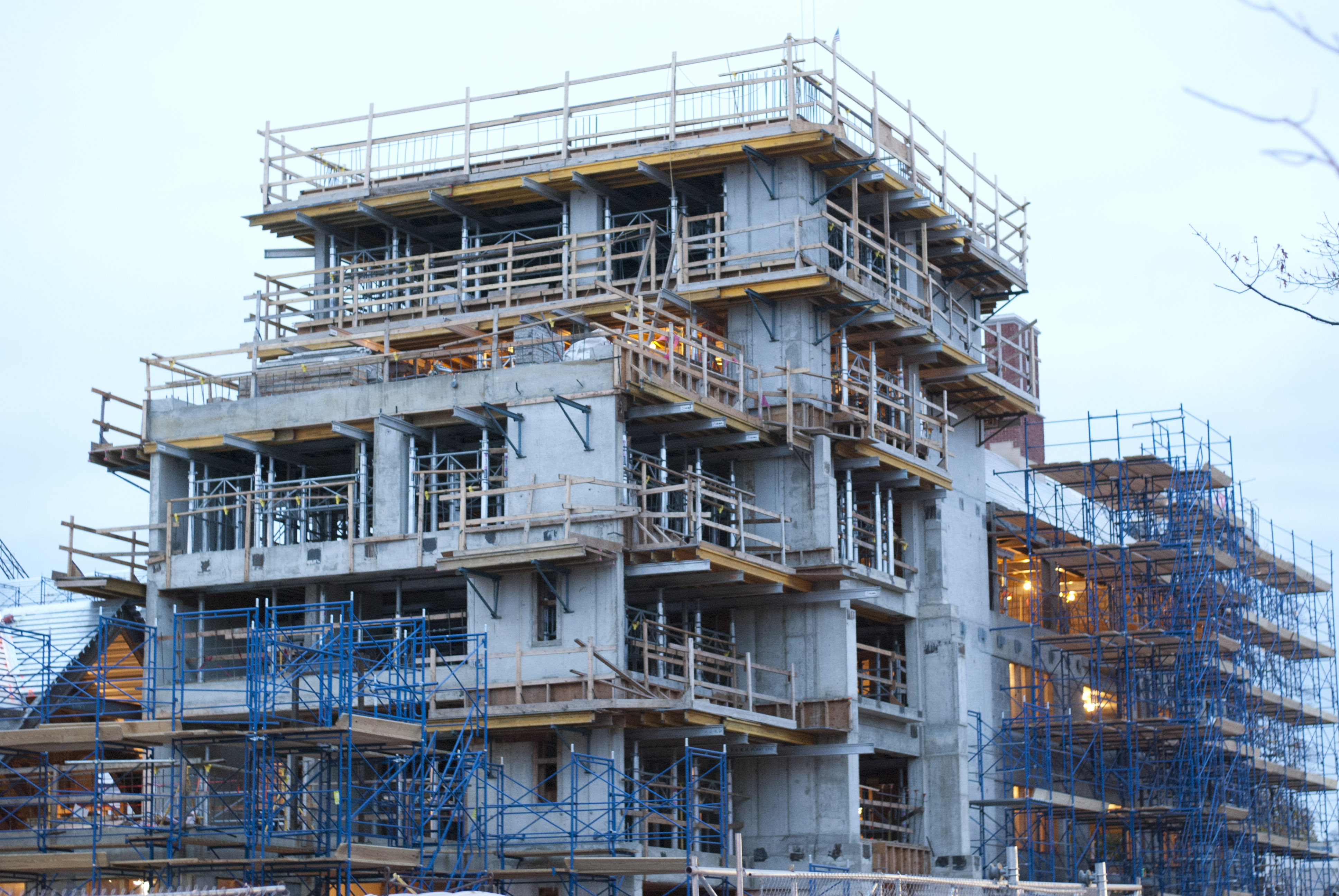
With two new residential colleges opening in fall 2017, the composition of the increased undergraduate population remains unclear. The Office of Undergraduate Admissions, however, has already begun planning for the future.
Because the Admissions Office’s promotional materials — including the University’s iconic admissions video, “That’s Why I Chose Yale” — all currently advertise Yale’s 12 residential colleges, these publications will need to be updated, Dean of Undergraduate Admissions Jeremiah Quinlan said. The Admissions Office will begin producing the updated materials this summer and into the fall, as around 200 students in the class of 2021 — nearly all of whom will be admitted in next year’s admissions cycle — will be placed into the two currently updated colleges, which remain unnamed. Other than necessitating logistical changes, the increase in student population may also allow the Admissions Office to re-evaluate its admissions priorities and strategy.
“Admissions is upstream from a lot of the other work of the college,” Quinlan said. “These are issues we’re going to have to deal with next academic year before Yale College expands.”
The Admissions Office will begin holding two separate instances of Bulldog Days next year, as limited hosting capabilities and overcrowding at events will make it difficult to have the entire admitted class on campus for the same three days.
But the increase in student population will also change the processes that happen behind closed doors: Quinlan said that in particular, the last two weeks of the admissions process in March, during which admissions officers gather to make final decisions on applicants, will change next year when Yale is able to accept more students. He suggested that additional room in the class will allow admissions officers to consider applicants differently in the final review process.
“Some of the more difficult decisions that we had to make this year might look different next year,” Quinlan said, but he declined to explain what these changes in application review may be.
With a projected 200 additional students per class over the next four years, the Admissions Office has the opportunity to drastically change the composition of Yale College by increasing the representation of any specific group of students by ethnicity, geographic origin or academic interest. Quinlan said no decisions have been made on this front and that conversations between him and senior administrators are ongoing.
Quinlan emphasized that in addition to institutional priorities, the composition of the freshman class is dependent on the year-to-year applicant pool. For example, he cited larger numbers of incoming students interested in STEM, explaining that the increase is a response to the shifting interests of applicants and the pool as a whole, rather than a single administrative decision.
Students suggested various ways the Admissions Office could fill the additional spots, though ideas ranged from increasing ethnic diversity to simply keeping it the same.
Patrick Peoples ’18 and Abby Cobb ’16 both said Yale should increase the percentage of underrepresented minorities at Yale. Joey Balsells ’18 agreed that the Admissions Office could use the opportunity to augment diversity, adding that Columbia, which has an undergraduate student body roughly one-and-a-half times the size of Yale’s, has a more diverse student body than Yale does.
“Yale does a good job with diversity, but we could always do more,” Peoples said.
Still, Steven Roets ’17 said he did not think a change needed to be made to the composition of each class, but he questioned how Yale would work to unite a larger, more spread-out group of students. As the two new colleges have the capacity to house freshmen, there will be a higher proportion of new students living away from Old Campus, he said, with the new colleges much further away from the current center of campus.
This year, Yale accepted 1,972 students for an acceptance rate of 6.27 percent.







